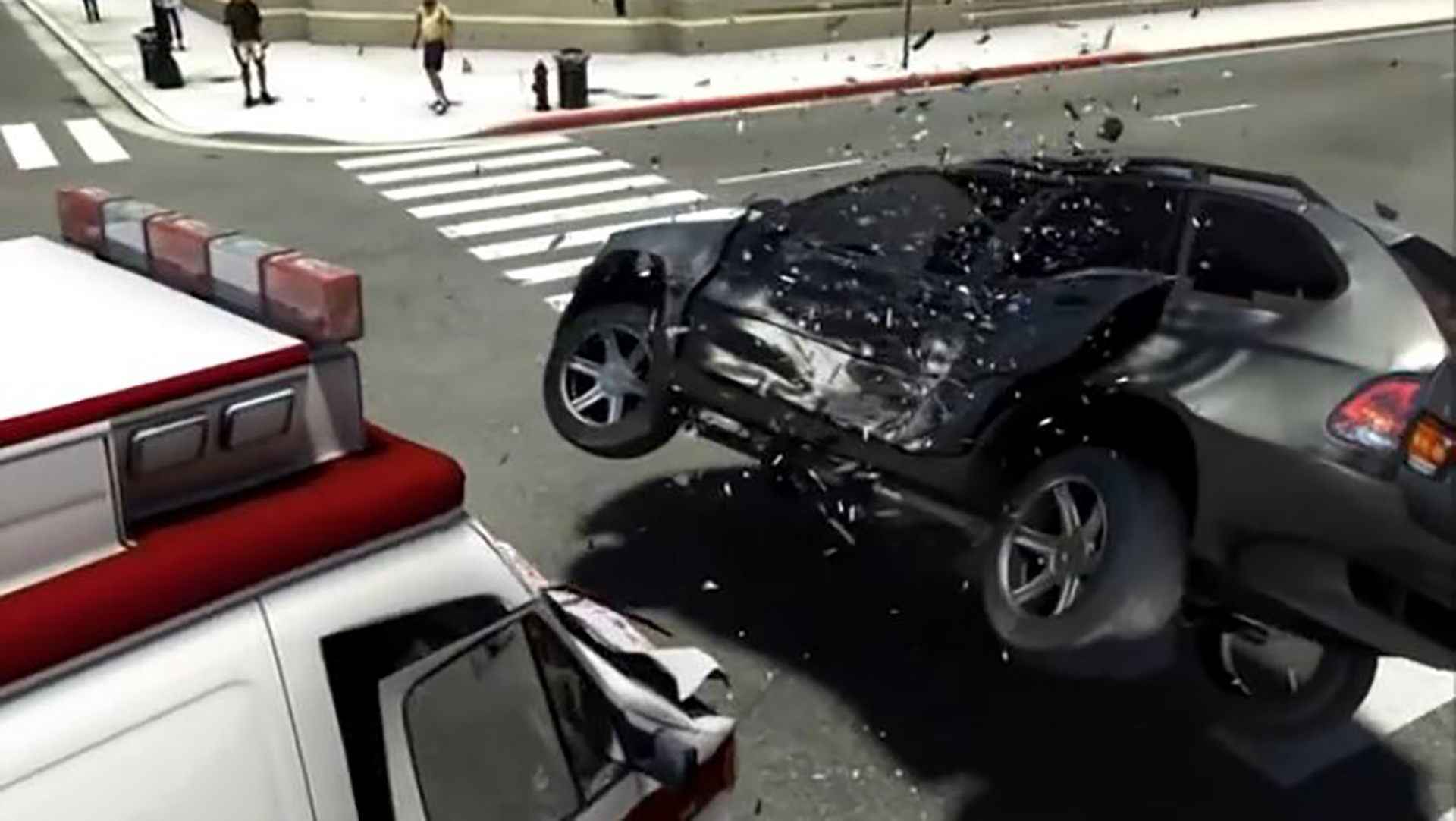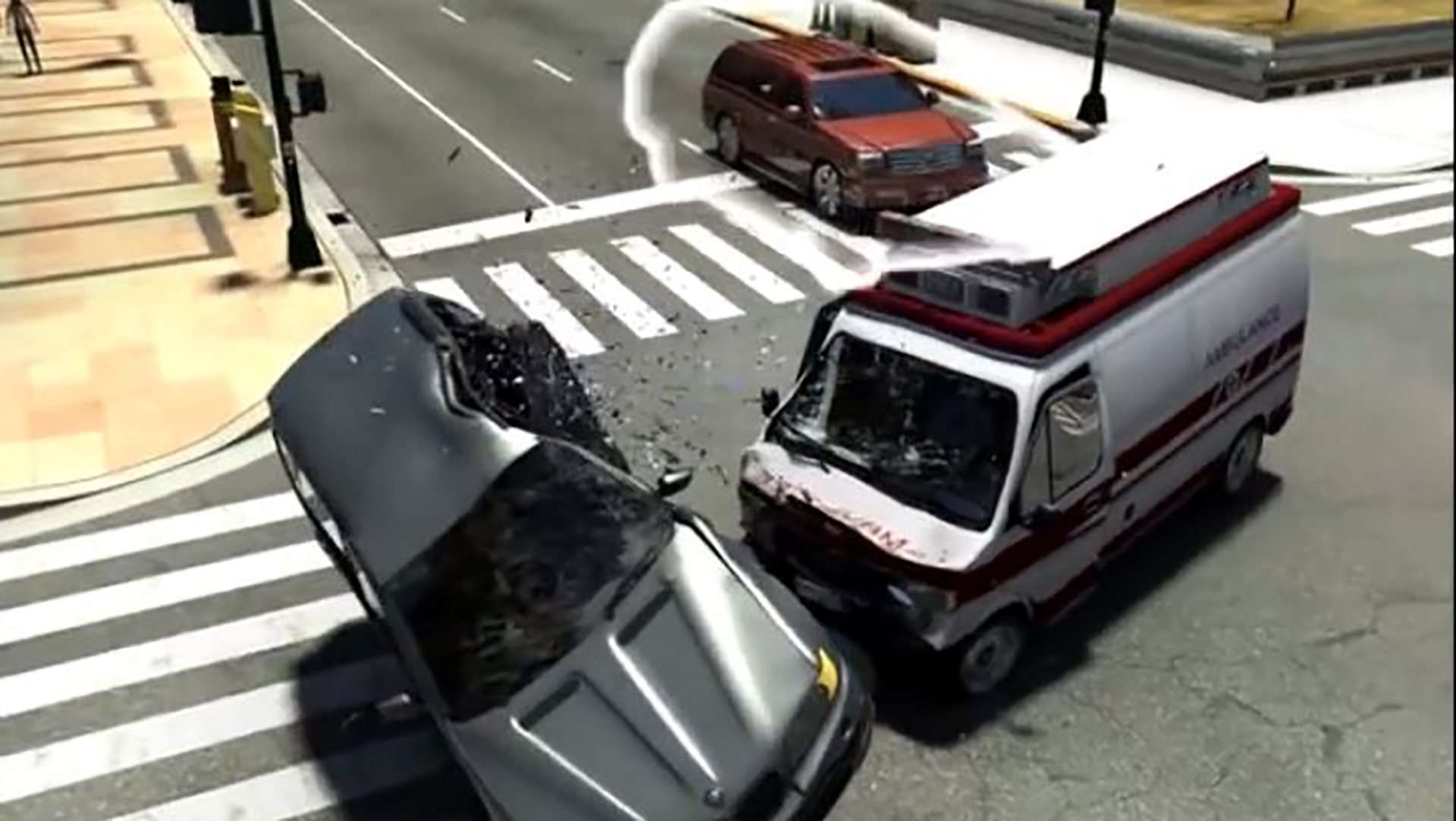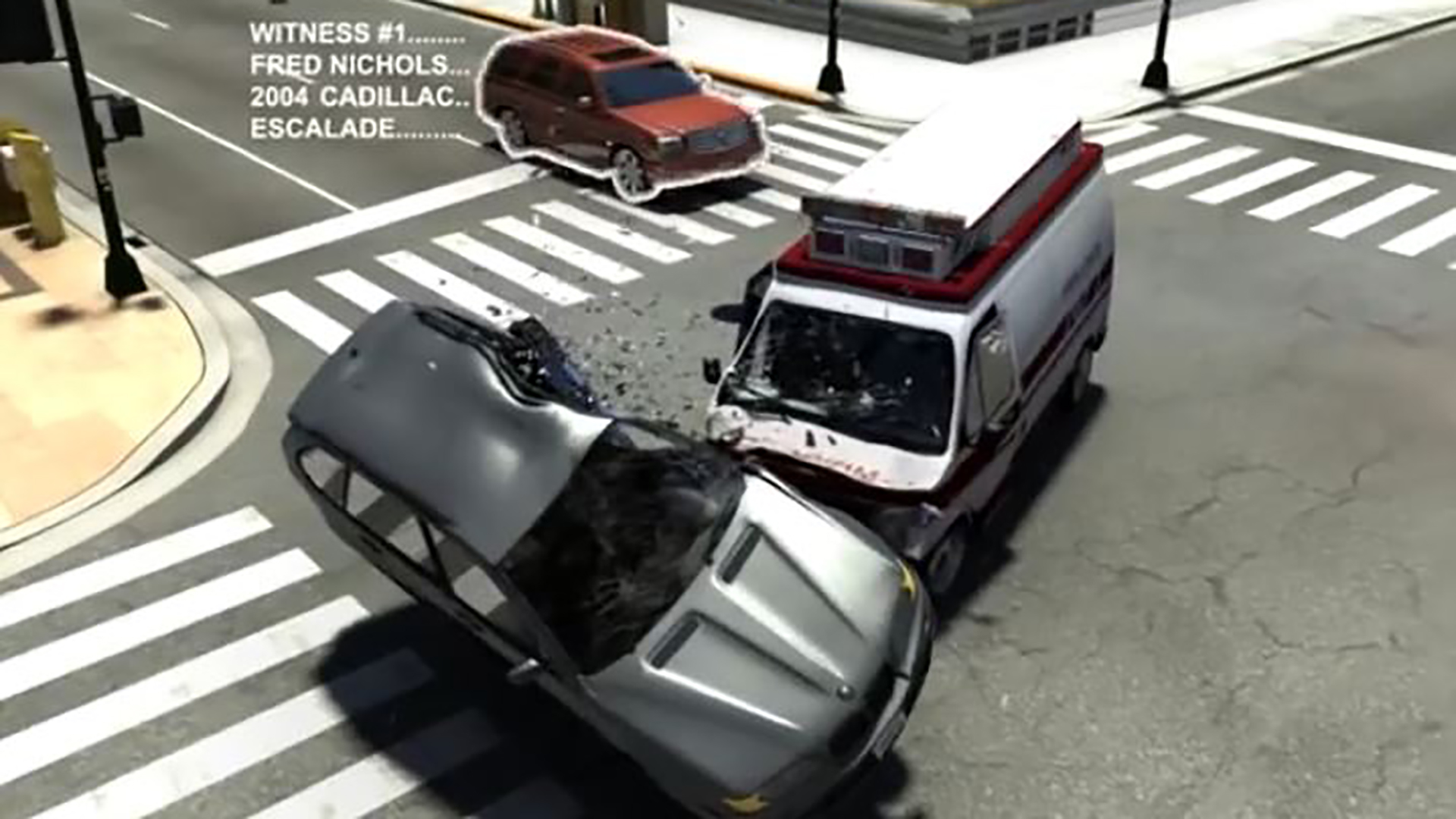Today, in the age of information and technology, anyone would be hard pressed to find an accident litigation case that hasn’t commissioned a 3D forensic animation especially when going to trial. After all, the goal in any case is to tell a memorable and believable story based on facts and evidence that informs and persuades audiences to understand how events unfold. what better way to tell a story than to show it. In Ripple’s forensic animation studio, we call this “visual story telling”. Imagine hearing these words spoken… “The victim (Kathryn) was traveling southbound on highway one when a telephone pole came out of the sky and smashed through the car window, paralyzing her for life. unfortunately the pole was not recovered at the scene” This is a vivid story where the mind’s eye interprets the visuals based on what is heard. Now imagine watching a forensic animation that accurately recreates the scene and visually depicts a version of the story. This time Kathryn is driving on PCH in hurricane-like conditions, sirens ringing, low visibility, rain, wind, fog and dimly lit streets depict her surrounding environment. The animation sequencing is shown from her point of view and several others. At the end of the final 3D animation sequence, we see Kathryn getting knocked from debris flying through the air at incredible speed. Did Kathryn really get hit by a telephone pole or was it debris from the storm as well as her own negligence in not listening to the warning sirens. In a few seconds we have visually communicated more detailed information, capture greater retention, and set the stage for reasonable doubt, leaving visual imagery burned into the minds of the jury. Forensic animations have become an invaluable tool in both civil and criminal trials. As we demonstrated above, 3D forensic animations can bring great value to a case and help in the explaining complex ideas.
Share with your friends and colleagues


